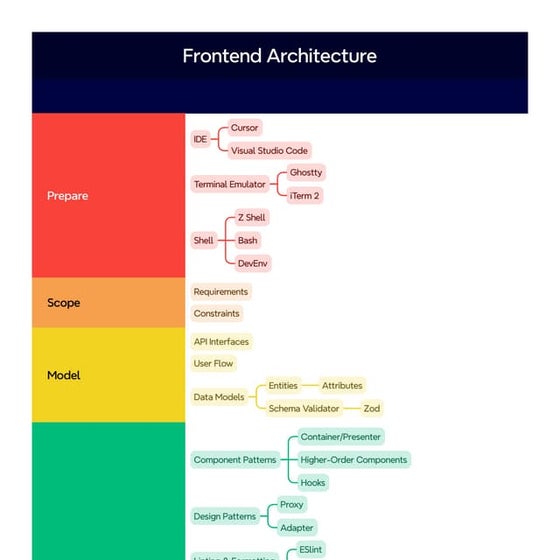Empacts of energy use
The document discusses different types of energy and their associated waste emissions. It notes that natural gas produces nitrogen oxides, carbon monoxide, carbon dioxide and sometimes methane or leaks, which can harm aquatic life. Coal produces carbon dioxide, sulfur dioxide, nitrogen oxides and mercury compounds, releasing sulfur dioxide that damages trees and contaminates lakes and rivers. Oil production results in methane emissions from wells and equipment as well as natural gas burned during production, both of which can harm fish and plants. Nuclear energy uses fossil fuels and impacts aquatic life through water removal and radioactive waste. Hydroelectricity may release methane and nitrous oxide if vegetation decomposes in lakes, and affects wildlife by altering river ecosystems. Biomass burning produces nitrogen oxides








Recommended




























































More Related Content
What's hot (20)










































Similar to Empacts of energy use (20)








































Recently uploaded (20)




























Empacts of energy use
- 1. By Gracie Gellman and Pilar Giffenig
- 2. Most Consequential Types of Waste ? Nitrogen oxides ? Carbon dioxide ? Sulfur dioxide ? Mercury compounds ? Methane
- 3. NATURAL GAS ? Nitrogen oxides, carbon monoxide, & carbon dioxide ? Less emissions than coal or oil ? Methane sometimes emitted or leaked ? Affects people and animals who depend on aquatic life in lakes and rivers
- 4. COAL ? Carbon dioxide, sulfur dioxide, nitrogen oxides, and mercury compounds ? Gives off sulfur dioxide ¨C harms trees ? Lakes and rivers are contaminated from coal power plants
- 5. OIL ? Methane from oil wells & equipment ? Natural gas burned from oil production ? Harmful to fish and plants
- 6. NUCLEAR ENERGY ? Fossil fuels are emitted because of the uranium ? Aquatic life badly affected because of water removal ? Radioactive waste
- 7. HYDROELECTRICITY ? Methane and nitrous oxide can be released if vegetation decomposes into the lake ? No fuels are burned during process ? Affects people and animals who rely on the rivers ? Affects drinking water, supplies, plants, and wildlife
- 8. BIOMASS ? Nitrogen oxides, sulfur dioxide, and carbon dioxide ? Ash is created when biomass is burned









